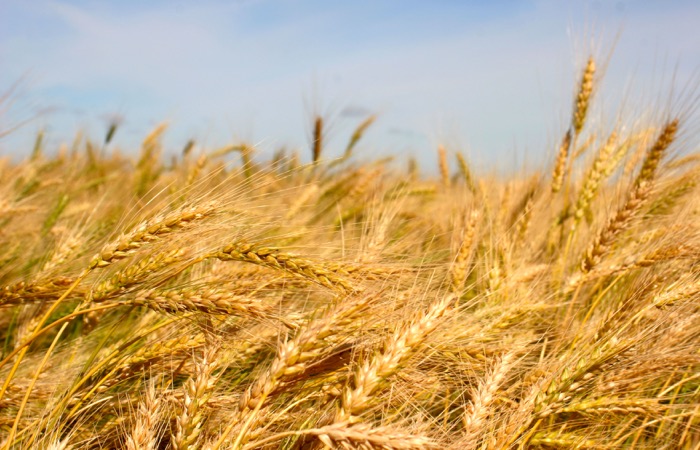Regina / Reuters —Western Canada spring wheat, durum and canola yields look to fall sharply from last year’s levels, due to hot, dry conditions, leaders of a crop tour said on Friday.
The second-annual CWB Market Research Services crop tour pegged spring wheat yield potential in the region at 38.9 bushels per acre on average, down from last year’s actual yield of 45.7 bushels, and the smallest in eight years.
The potential durum yield fell to 27.8 bushels per acre from last year’s yield of 40.9 bushels, the smallest since 2003.
Read Also

Feed Grain Weekly: Quiet trade to close the year
Feed grain prices are not expected to change drastically in the coming months, said a Saskatchewan-based trader.
Canola yields looked to reach 29.3 bushels per acre on average, down from last year’s 34.4 bushels and the lowest in three years.
Parts of Alberta and Saskatchewan received less than 40 percent of normal rainfall during May and June, raising concerns about canola and durum supplies. Canada is the biggest exporter of both.
“It’s a bit of a miracle that some of these crops survived like they did,” said CWB weather and crop specialist Bruce Burnett at a seminar to close the tour.
The three-day tour covered most growing regions of Manitoba, Saskatchewan and Alberta.
Scouts saw wheat and canola that may reach record-high yield levels in Manitoba, as well as crops badly stunted by dryness in eastern Alberta and southwestern Saskatchewan.
Assiniboia, Saskatchewan farmer Robin Cristo said he expected his yields of durum, canola and other crops to be the lowest in about a decade. Still, recent rains have made a difference.
“They’re not as bad as I thought they would be.”
Burnett said CWB under-estimated crops on the eastern Prairies before the tour. After the tour, it raised its estimates for Western Canadian production of all-wheat to 23.1 million tonnes (22.02 million previously), spring wheat output to 18.14 million tonnes (17.25 million), durum to 4.19 million tonnes (4 million), and canola to 12.49 million tonnes (from 12.15 million).
Rain is expected to reach the Prairies next week but may miss parts of western Saskatchewan and eastern Alberta, leaving at least one-quarter of the region’s wheat and canola stressed, Commodity Weather Group said on Friday.















